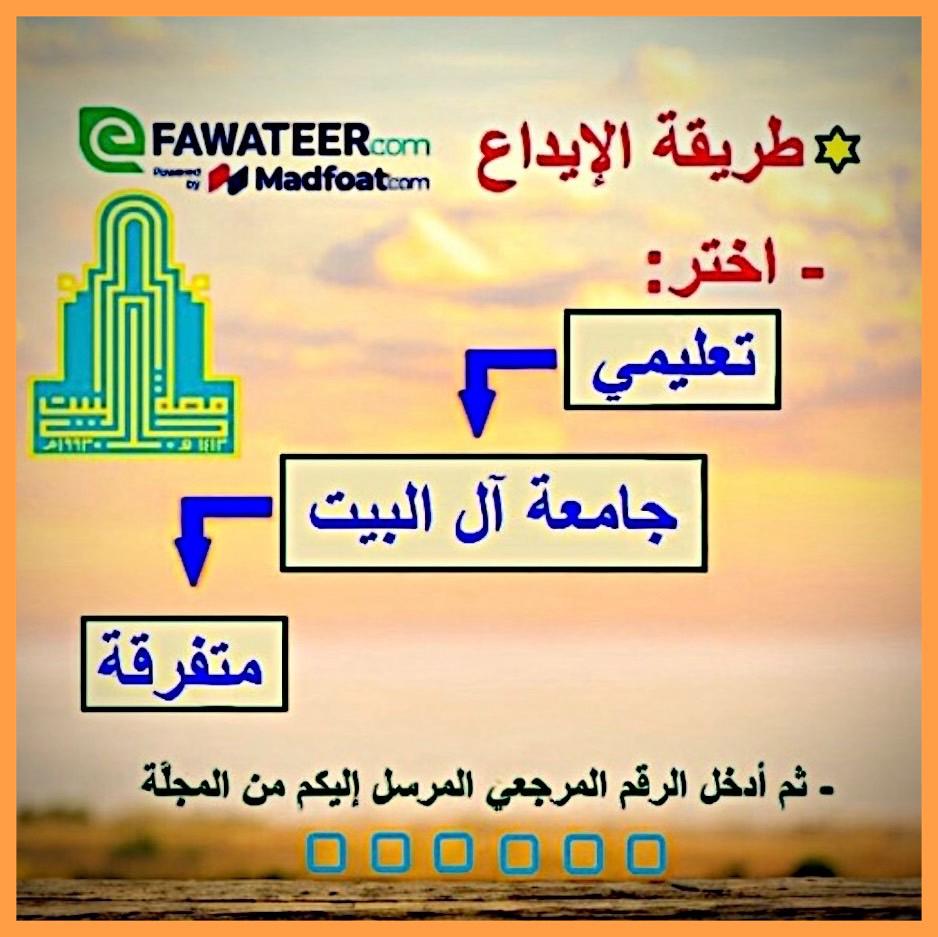Building a Spatial Model for Managing and Harvesting Surface Water in Wadi Ibn Hammad Basin / Karak Governorate - Jordan
DOI:
https://doi.org/10.59759/art.v3i1.550Keywords:
Water Harvesting, Wadi Ibn Hammad Basin, Remote Sensing, Geographic Information Systems (GIS)Abstract
The study aimed to define the best spatially suitable locations determined by a group of criteria used in the study, and which copes with the nature of the study location for establishing water harvesting projects by using Geographic Information Systems (ArcGIS 10.4) and Remote Sensing program (ENVI.5.1).This was done for data processing collected through office work, and transferring them to digital maps by following a number of procedures in order to determine the best suitable locations for water harvesting in Wadi Ibn Hammad (WIH), for the purpose of extracting all of the digital maps that are suitable for spatial analysis, as well as producing the maps required for building a spatial model to specify the optimal locations for holding water harvesting projects.
The study concluded with a set of recommendations, the most important of which is identifying the degree of the suitability of Wadi Ibn Hammad for holding water harvesting projects. This suitability was divided into four levels: very suitable (4.47% of the area), suitable (11.4%), somewhat suitable (20.51%), and not suitable (63.62%). The number of the suggested dams was one dam that can be built on an area of 2.96 km2, and having seven excavations on an area of 7.4 km2 in WIH valley. The study also put forward a specific scenario for each watershed in the basin to improve and manage the surface water resources in the study area, since it determined the most serious problems facing the department of water resources towards better water security and total productivity improvement for better usage of the watersheds, which enables the department to provide water services in accordance with people's needs.


